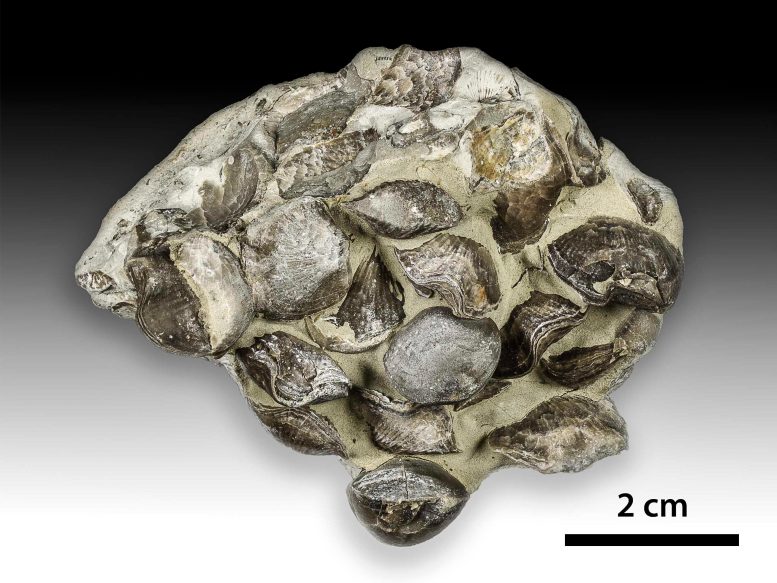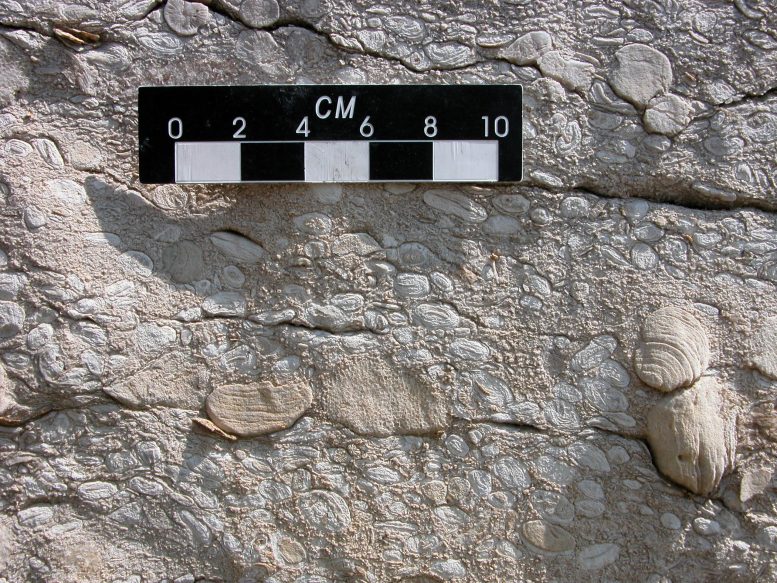Uncovering the Surprising Secrets Behind Earth’s First Major Mass Extinction

Detail images of fossils from the Ordovician Period outcrop on Anticosti Island, Quebec, Canada. Credit: André Desrochers, University of Ottawa
A team of researchers publish a new study exploring the cause of the Late Ordovician mass extinction.
We all know that the dinosaurs died in a mass extinction. But did you know that there were other mass extinctions? There are five most significant mass extinctions, known as the “big five,” where at least three-quarters of all species in existence across the entire Earth faced extinction during a particular geological period of time. With current trends of global warming and climate change, many researchers now believe we may be in a sixth.
Discovering the root cause of Earth’s mass extinctions has long been a hot topic for scientists, as understanding the environmental conditions that led to the elimination of the majority of species in the past could potentially help prevent a similar event from occurring in the future.
A team of scientists from Syracuse University’s Department of Earth and Environmental Sciences, the 
Detail images of fossils from the Ordovician Period outcrop on Anticosti Island, Quebec, Canada. Credit: André Desrochers, University of Ottawa
Lead author Alexandre Pohl, from UC Riverside (now a postdoctoral research fellow at Université Bourgogne Franche-Comté in Dijon, France) and his co-authors investigated the ocean environment before, during, and after the extinction in order to determine how the event was brewed and triggered. The results from their study was published in the journal Nature Geoscience is a monthly peer-reviewed scientific journal published by the Nature Publishing Group that covers all aspects of the Earth sciences, including theoretical research, modeling, and fieldwork. Other related work is also published in fields that include atmospheric sciences, geology, geophysics, climatology, oceanography, paleontology, and space science. It was established in January 2008.
“Nature Geoscience today (November 1, 2021).
To paint a picture of the oceanic ecosystem during the Ordovician Period, mass extinction expert Seth Finnegan, associate professor at UC Berkeley, says that seas were full of biodiversity. Oceans contained…
Read More: Uncovering the Surprising Secrets Behind Earth’s First Major Mass Extinction
